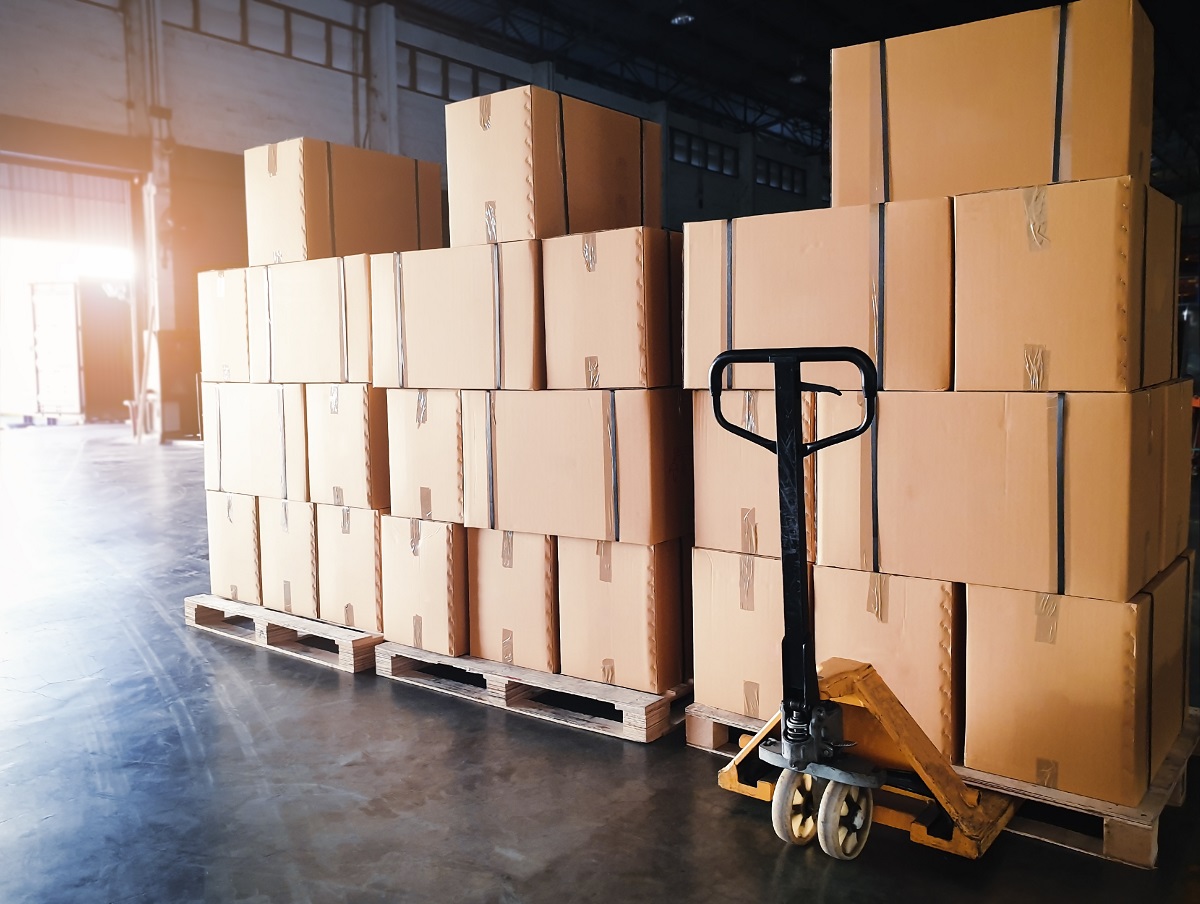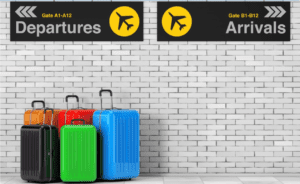Affordable Moving: Groupage & LCL shipments
- Written by Nicci M.
- August 4, 2020
- Read Time : 4 Minutes

The packed volume of a shipment not only determines the overall price, but also the method of transport. For ‘smaller’ shipments, sharing a container can be a sensible option.
There are two types of `shared container` services available. In general, Moving Companies fail to clearly differentiate between these. In order to make an informed decision (and avoid problems at a later date) it is important to understand this:
LCL (Less than a Container Load)

Pros
- The forwarder will have regular containers leaving, normally on a weekly basis.
- This method expedites departure and allows a moving company to provide a fairly reliable door-to-door transit time.
Cons
- The forwarder acts as a middleman and his de-consolidation charges at destination (these vary between companies) can be exorbitant.
- The need to load goods into wooden crates (`lift-vans`) leading to additional costs.
- Once packed goods are loaded into lift-vans the volume increases as much as 15-20% and charges are based on the gross (crated) volume.
Groupage (a.k.a. Consolidation)
If a Moving Company has multiple shipments moving to the same area/region it makes sense to co-load these into a 20ft or 40ft container, which the moving company is using exclusively.
The goods are loaded in a controlled environment, (Moving Company’s depot/warehouse), segregated in the container. The container is then sealed and shipped directly to the port of entry. Goods are consigned and customs cleared individually upon arrival and delivered to residence.

Pros
- Cost-effective. The cost of freight/transport and other major costs are spread proportionately. There is no third party, so no exorbitant third party handling charges.
- There is no need to use lift-vans, which means a lower chargeable volume. The moving company has full control of the loading, handling and routing of the container.
Cons
- Timing. The container leaves when it is full (or almost full). This can add a number of weeks to the door-to-door transit. Not suitable if you have a deadline or need the goods urgently.
The Bottom Line
If you are flexible on timings Groupage is definitely the best option. It is safe and cost-effective. If you need the goods within a specific time frame and don’t mind paying the extra then chose the LCL option, but make sure the moving company is transparent about all the associated costs.
If your volume exceeds 13-15 cubic meters the price may become disproportionately high and you should explore taking your own 20 ft container.
So there you have it. We have covered all the advantages of sharing a container and saving money. We hope this article has been some use to you, (why not share this with someone you know), and we wish you all the best of luck.
Share this post with your friends
Hints & Tips

The Essential Guide to leaving the UAE
The Essential Guide to Leaving The UAE Leaving Dubai, Abu Dhabi or anywhere in the UAE for that matter

Hidden Moving Costs and How to Avoid Them
Hidden Moving Costs and how to avoid them Let’s identify hidden moving costs and how to avoid them. We

9 Tips when Shortlisting an International Mover
9 Tips when Shortlisting an International Mover Shortlisting an International Mover is key to a successful move. When you
